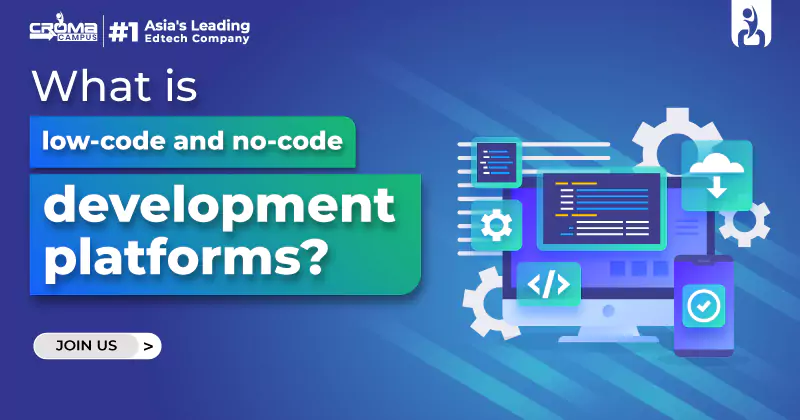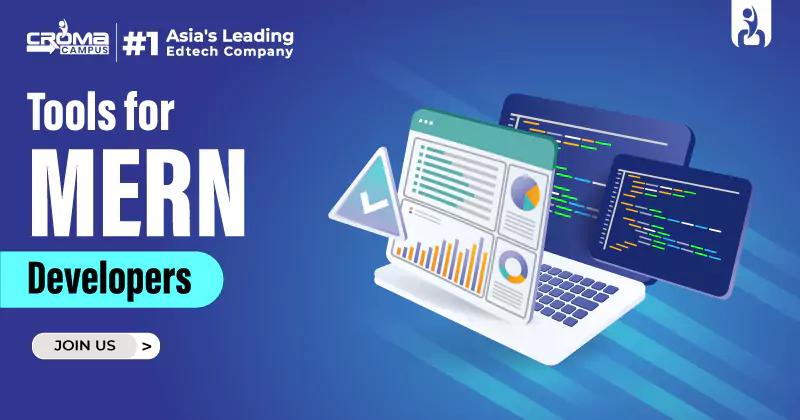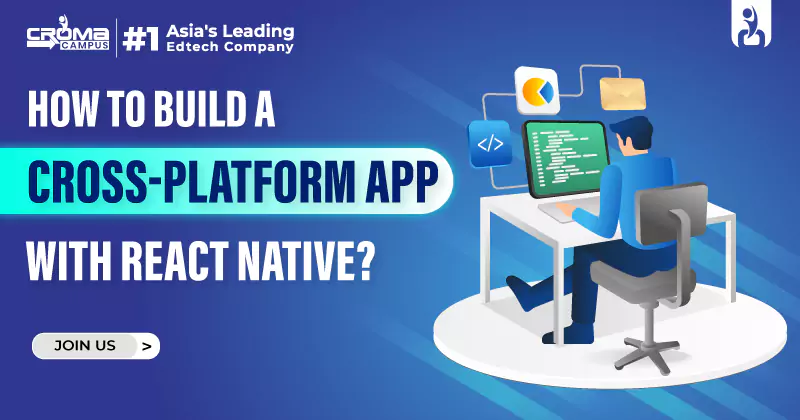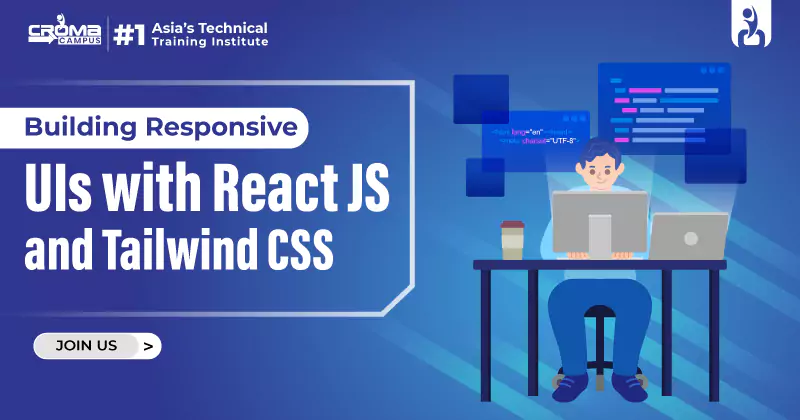What Are Progressive Web Apps (PWAs)?
4.9 out of 5 based on 8745 votesLast updated on 3rd Sep 2024 16.5K Views
- Bookmark

If you're eager to learn about building web apps, Web Development Online Training can help you start with the fundamentals.

Overview
Today, businesses and developers are always searching for ways to improve how users experience websites and apps, whether online or offline. One of the most exciting developments in this field is the creation of Progressive Web Apps (PWAs). PWAs combine the best features of both web and mobile apps, offering users a smooth and efficient experience. In this blog, we will explain what progressive web apps iOS are, their main features, the benefits they offer, and how they are changing web development. If you are interested in learning more about building these apps, Web Development Online Training can help you get started with the basics.
What Are Progressive Web Apps (PWAs)?
Progressive Web Apps are a type of software that runs in a web browser and is built using standard web technologies like HTML, CSS, and JavaScript. They work on any device that uses a web browser, whether it’s a computer, smartphone, or tablet.
Progressive web application development differs from traditional web applications because they offer an experience similar to mobile apps, thanks to modern web capabilities. This includes features like offline access, push notifications, and the ability to use hardware like cameras and GPS. Essentially, progressive web app reacts to provide a middle ground between web and mobile apps, creating a more engaging and faster user experience.
Key Features of Progressive Web Application
To understand why PWAs are so valuable for both developers and users, it’s important to look at their key features:
- Responsive Design: PWAs are built to work well on any device, no matter the screen size. Build Progressive Web App to make a fast and easy-to-use website that works well on any device, even if your internet connection isn’t great.
- Offline Access: One of the standout features of progressive web application development is their ability to work even when there’s no internet connection or when the connection is poor. This is achieved through a technology called service workers, which caches data and resources so that users can still interact with the app offline.
- App-like Experience: PWAs provide an interface that feels like a native mobile app, with smooth animations and interactions. This gives users a familiar and enjoyable experience.
- Security: PWAs are delivered over HTTPS, which means they offer a secure connection. This is important for protecting users' data and ensuring a safe browsing experience.
- Fast Loading Times: PWAs are designed to load quickly, even on slow internet connections. This is possible because of techniques like caching, which improves speed and performance.
- Push Notifications: This feature allows businesses to keep users engaged by providing updates and information directly to their devices.
- No Need for Installation: Unlike traditional apps that need to be downloaded from app stores, PWAs can be accessed directly from a web browser and can be added to the home screen with a single tap.
- Automatic Updates: PWAs always provide the latest version since they are web-based. Users don’t need to manually update anything; the app automatically refreshes with the newest features and fixes.
Benefits of Progressive Web Application for Businesses and Developers
PWAs offer several advantages that make them a great choice for businesses and developers.
1. Better User Experience
PWAs provide a smooth and responsive experience that feels very similar to using a native app. This can lead to higher user satisfaction and more frequent engagement. Users appreciate the quick load times, offline capabilities, and app-like feel, all of which contribute to a better overall experience.
2. Cost-Effective Development
Creating a PWA can be cheaper than developing a native app. Since PWAs use standard web technologies, developers can create one app that works across all platforms. This eliminates the need to create separate apps for iOS and Android, saving time and money.
3. Broader Audience Reach
PWA development can be accessed by anyone with a web browser, regardless of the device or operating system they use. This means businesses can reach a wider audience than they might with native apps, which are often restricted to specific platforms. Additionally, features like push notifications help keep users engaged and encourage them to return to the app.
4. Better Search Visibility
Unlike native apps, which are typically found in app stores, PWA development can be indexed by search engines like Google. This makes them more visible and easier to find, increasing traffic and conversions for businesses.
5. Lower Data Usage
PWA development is optimized to use less data than traditional web apps and native apps. This is especially beneficial for users in areas with limited or expensive internet access, allowing them to use the app without consuming a lot of data.
6. Enhanced Performance
Thanks to technologies like service workers and caching, PWAs load quickly and perform well, even on slow networks. This can lead to lower bounce rates (fewer people leaving the site) and higher user retention (more people staying on the site).
7. Easier Maintenance
With PWAs, there’s no need to submit updates to app stores or wait for users to install updates. Any changes or improvements can be deployed instantly, so all users have access to the latest version of the app without any hassle.
Also Read This Post: Web Development Interview Questions
How PWAs Are Changing Web Development?
The rise of progressive web applications is changing how developers build web applications. By combining the best features of web and mobile apps, PWAs provide a flexible and powerful solution for creating engaging digital experiences.
For businesses looking to improve their online presence, progressive web development offers a cost-effective way to deliver a high-quality user experience across all devices. They also help companies reach a wider audience, improve user engagement, and increase conversion rates.
For those looking to gain skills in this innovative area, enrolling in Web Development Training in Delhi can provide the knowledge and expertise needed to excel in modern web development.
One of the greatest progressive web app examples is Twitter Lite. It’s a lighter, faster version of Twitter that works well on both phones and computers. You can use it even if your internet is slow or if you are not connected at all. It loads quickly, lets you get updates through notifications, and doesn’t need to be downloaded from an app store. Just like Twitter lite, there are many other examples of a progressive web app eg Starbucks’ mobile website.
Comparison Between PWAs, Native Apps, and Traditional Web Apps
Feature | Progressive web development (PWAs) | Native Apps | Traditional Web Apps |
Platform Compatibility | Works on all platforms | Platform-specific (iOS, Android) | Works on all platforms |
Offline Capability | Yes | Yes | No |
Installation | No app store required | Requires app store download | No installation required |
Updates | Automatic | User needs to update | Automatic |
Development Cost | Lower (single codebase) | Higher (multiple codebases) | Lower |
Search Visibility | Yes | No | Yes |
Performance | High | High | Lower |
Data Usage | Low | Moderate | Moderate |
Summing Up
Progressive web development is a powerful tool in today’s web development world. They combine the best of both web and mobile apps to provide a unique and improved user experience. With benefits like cost-effective development, better user engagement, and enhanced performance, PWAs are a great option for businesses and developers alike. As more companies adopt this technology, the future of web development looks bright and exciting.
If you are interested in building a career in web development or learning more about PWAs, Web Development Training in Delhi is a great place to start. By mastering the skills needed to create PWAs, you can position yourself at the forefront of this exciting field and meet the demands of tomorrow’s digital landscape.
Subscribe For Free Demo
Free Demo for Corporate & Online Trainings.
Your email address will not be published. Required fields are marked *






















 Master in Cloud Computing Training
Master in Cloud Computing Training